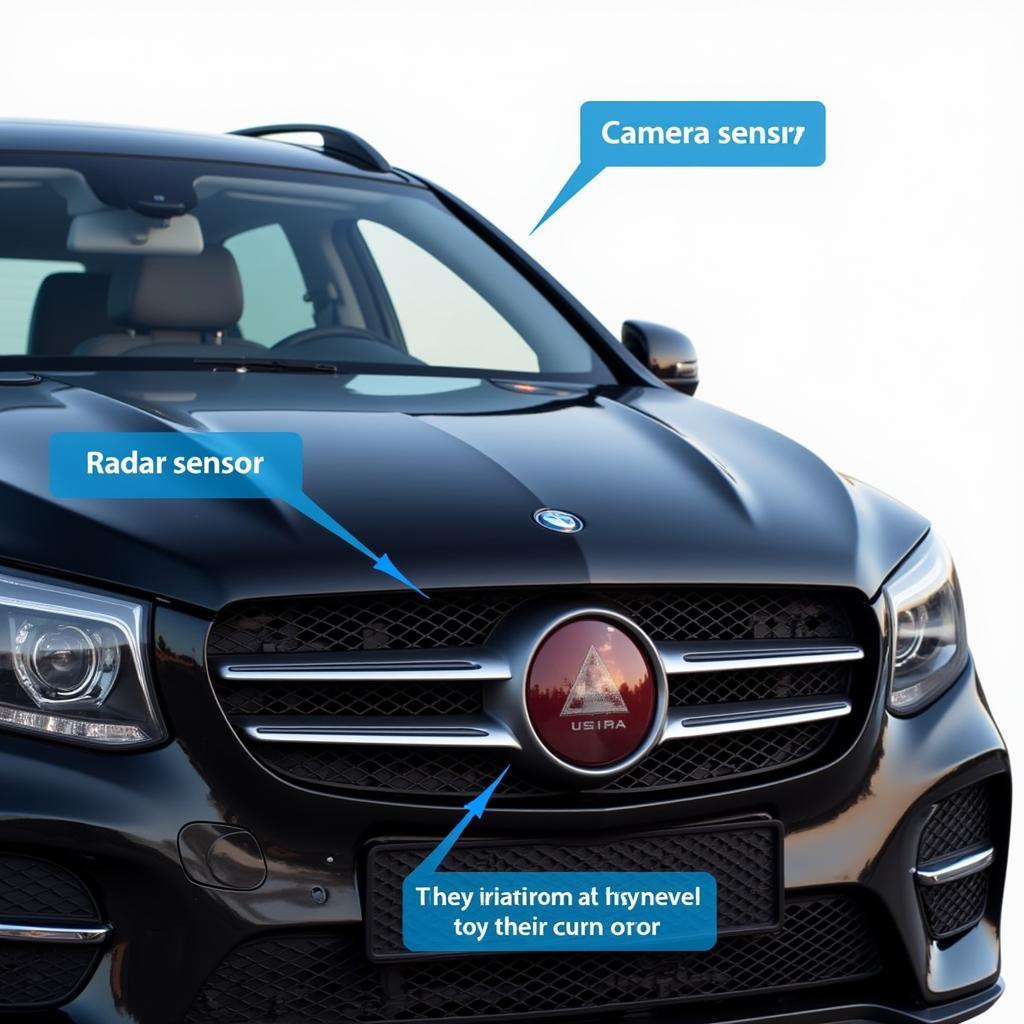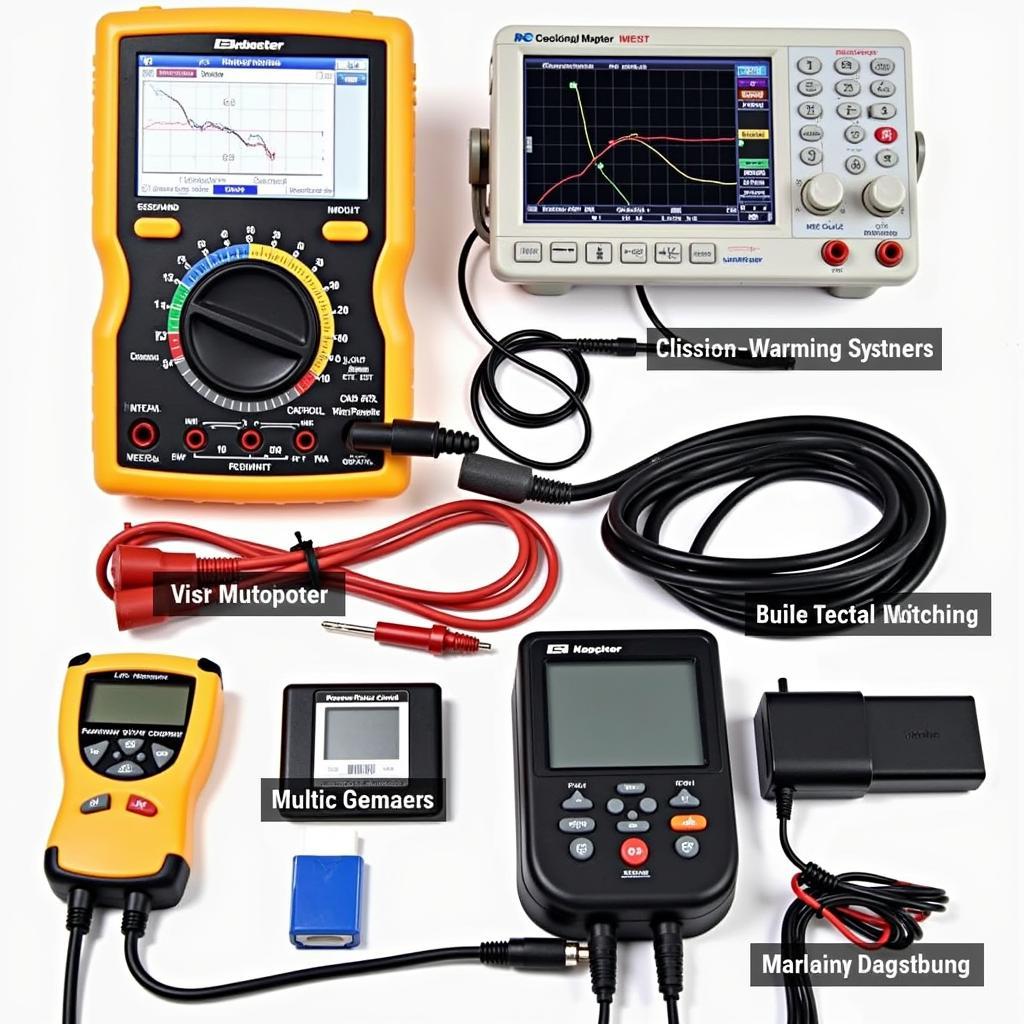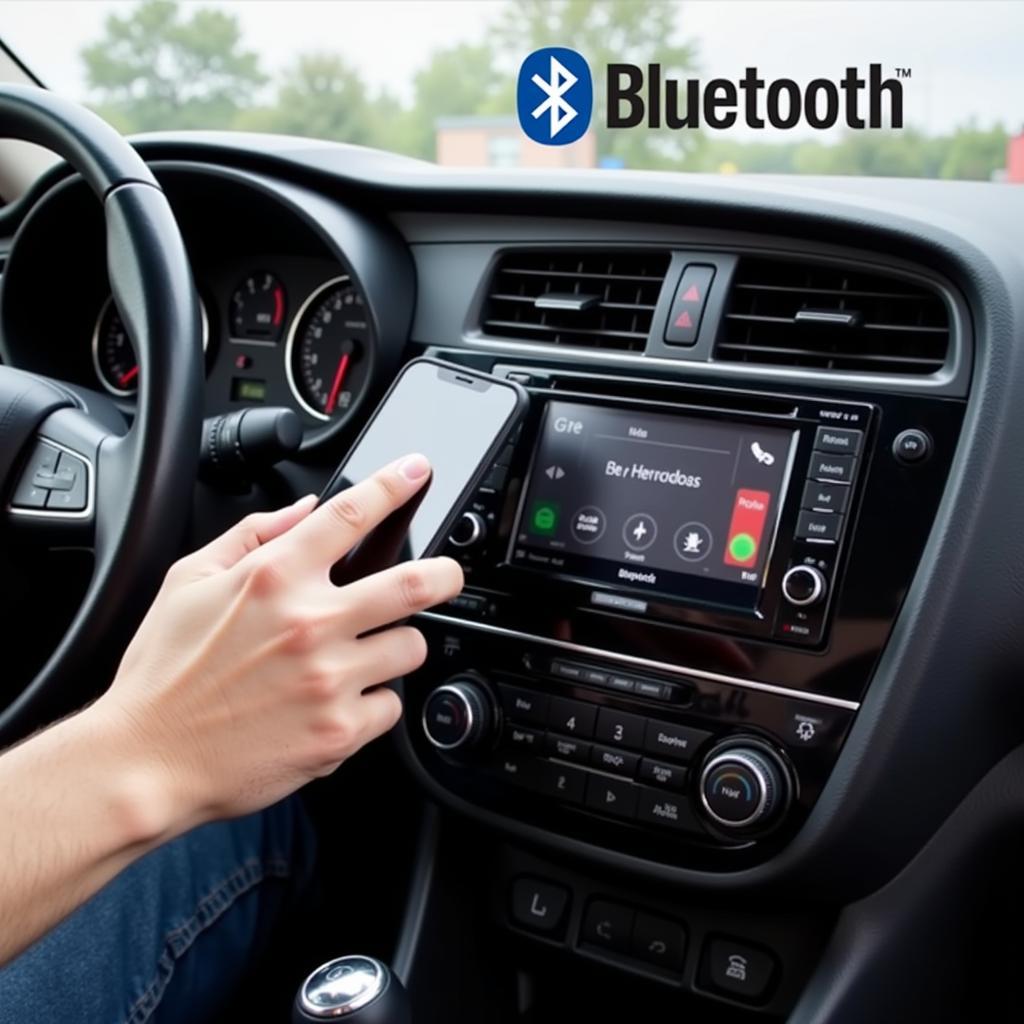Collision warning with emergency brake systems are crucial safety features in modern vehicles, designed to prevent or mitigate the severity of accidents. They use sensors to detect potential collisions and automatically apply the brakes if the driver doesn’t react in time. However, like any complex system, they can sometimes malfunction or trigger unexpectedly. This article delves into the intricacies of these systems, providing troubleshooting tips and solutions to common issues.
A malfunctioning collision warning system with emergency brake can be incredibly frustrating and potentially dangerous. Understanding how the system operates and knowing how to address common problems can empower you to regain control and ensure your safety on the road. From sensor issues to software glitches, we’ll cover a range of potential problems and offer practical advice. After the initial inspection, if the issue persists, consider checking your car’s battery health, as a failing battery can sometimes cause erratic behavior in electronic systems, similar to the issues experienced with new car battery discharges quickly.
How Collision Warning with Emergency Brake Systems Work
These systems rely on a combination of sensors, primarily radar and cameras, to monitor the vehicle’s surroundings. The sensors constantly scan for obstacles and measure the distance and closing speed to other vehicles or objects. When the system detects an imminent collision, it alerts the driver with visual and audible warnings. If the driver doesn’t brake in time, the system automatically engages the brakes to prevent or reduce the impact of the collision.
The Role of Sensors in Collision Avoidance
The sensors are the eyes and ears of the collision warning system. They provide the crucial data that allows the system to assess the risk of a collision. Maintaining the sensors in optimal condition is essential for the system’s proper function.
 Collision Warning System Sensors
Collision Warning System Sensors
Common Problems and Troubleshooting Tips
Several factors can cause a collision warning system with emergency brake to malfunction. These range from simple obstructions to more complex software issues.
Obstructed Sensors
One of the most common causes of false alarms is obstructed sensors. Dirt, snow, ice, or even stickers can interfere with the sensor’s ability to accurately detect objects. Cleaning the sensors regularly can often resolve this issue.
Software Glitches
Like any computer-based system, collision warning systems can experience software glitches. These glitches can cause the system to malfunction or trigger false alarms. A software update from the manufacturer can often resolve these issues. Sometimes, a dead battery might be the culprit behind seemingly complex car issues. You might be surprised to know how often a simple recharge can solve problems like these, just like with a jeep cherokee dead battery symptoms.
Faulty Sensors
Over time, sensors can wear out or become damaged. A faulty sensor can send inaccurate information to the system, leading to malfunctions or false alarms. Replacing a faulty sensor is typically necessary to restore the system’s proper function.
“Regular maintenance and prompt attention to warning signs can prevent minor issues from escalating into major problems,” advises John Smith, Senior Automotive Diagnostic Technician at AutoTech Solutions.
Calibration Issues
The sensors in the collision warning system need to be calibrated correctly to function properly. If the sensors are misaligned or improperly calibrated, they can trigger false alarms or fail to detect actual threats. Recalibrating the sensors can resolve this issue. If you’re facing battery-related issues with your Mini Cooper S, you can find valuable information and troubleshooting tips at mini cooper s battery problems.
System Malfunction
In some cases, the entire collision warning system with emergency brake may malfunction. This could be due to a wiring problem, a faulty control module, or other underlying issues. A qualified technician should diagnose and repair these problems.
When to Seek Professional Help
While some issues can be resolved with simple troubleshooting steps, others require professional expertise. If you experience persistent problems with your collision warning system, it’s crucial to seek help from a qualified technician. They have the necessary tools and knowledge to diagnose and repair complex issues.
 Professional Diagnostic Tools
Professional Diagnostic Tools
“Ignoring warning signs or attempting complex repairs without proper training can lead to further damage and compromise your safety,” warns Maria Garcia, Certified Automotive Electronics Specialist. It’s important to note that even seemingly unrelated issues, like problems with your key fob battery, as discussed in the article about gmc acadia key fob battery, can sometimes be linked to a failing car battery. Similarly, understanding how to address a dead battery, as explored in will a dead battery charge, can be essential for maintaining the proper function of your vehicle’s electronic systems, including the collision warning with emergency brake system.
Conclusion
The collision warning with emergency brake system is a vital safety feature that can help prevent accidents. Understanding how the system works and knowing how to troubleshoot common problems can help you stay safe on the road. Regular maintenance and prompt attention to any warning signs are crucial for ensuring the system’s optimal performance. Don’t hesitate to seek professional help if you encounter persistent issues.


